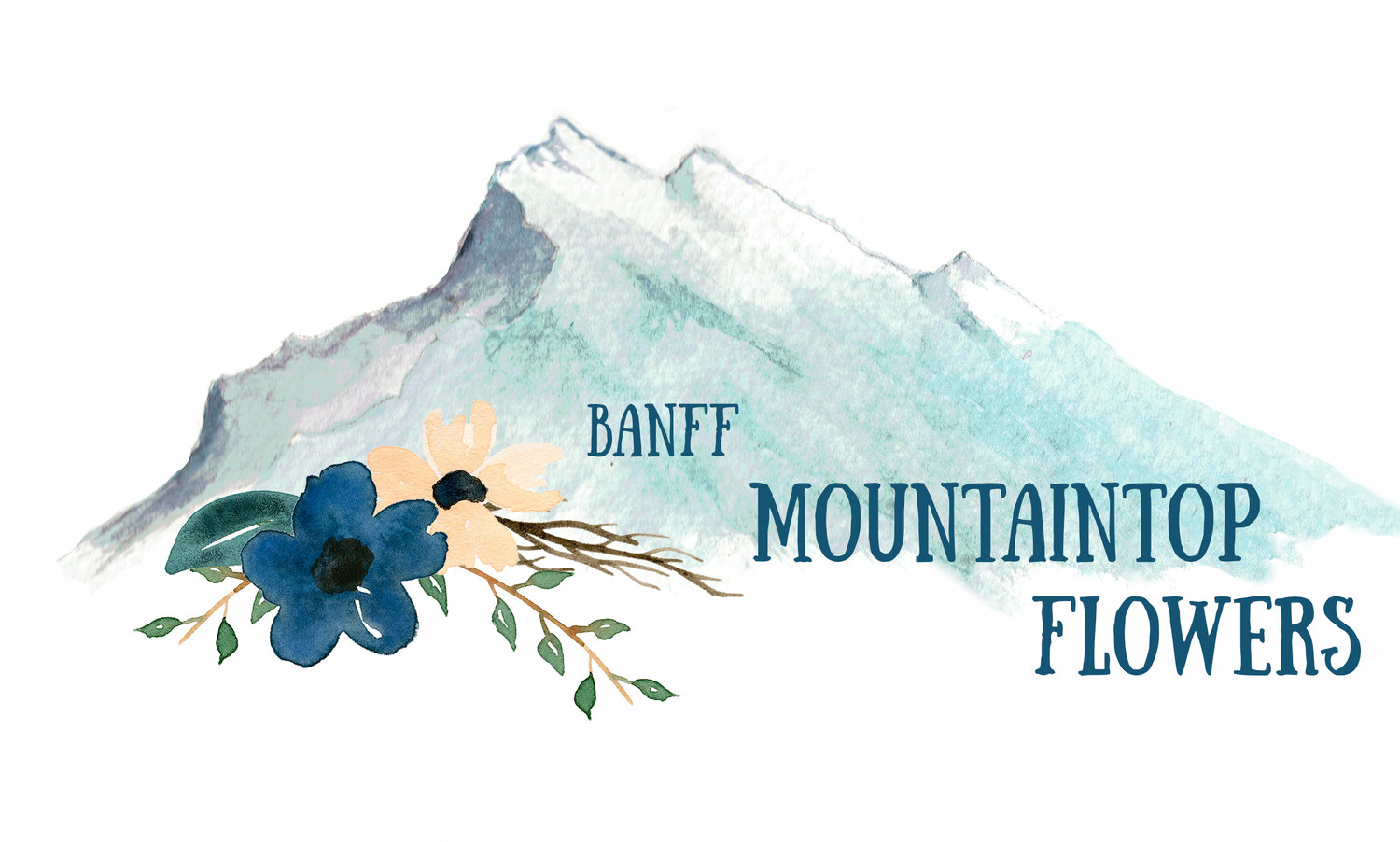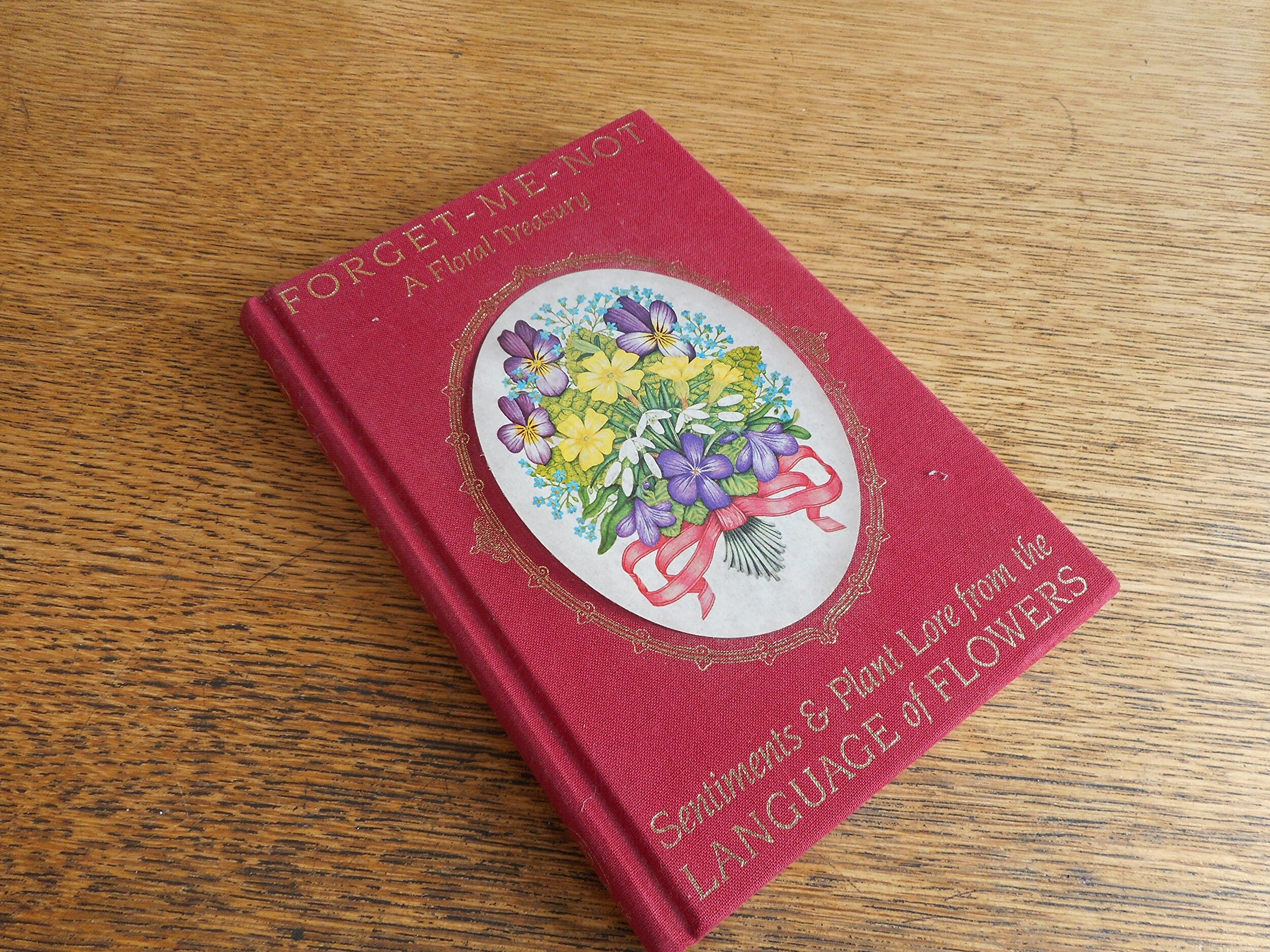You can say a lot of things with a bouquet of flowers; “I love you,” “I’m sorry,” “Cheer up,” etcetera. But what about “Meet me at 5:30pm Tuesday?” In Victorian England, a small bouquet could mean any number of things thanks to Floriography - the language of flowers. With a never-ending and always-growing list of meanings, where different combinations of flowers, leaves, and berries meant different things, you could say almost anything in specific detail. In a time and place where what you could or couldn’t say was strictly deemed by the laws of society, these bouquets were a way of skirting the rules.
In Forget-Me-Not, A Floral Treasury: Sentiments & Plant Lore from the Language of Flowers, author Pamela Todd explains how combinations of leaves and berries could represent numbers. Lotus leaves with different colours stood for days of the week. A carefully put together bouquet, she writes, of “broom, bluebells, a white water lily and rosemary,” could mean “Your humility, constancy, and purity of heart claim my affectionate remembrance.”
Whew.
We can’t go quite as in-depth here at the shop, but we do follow a few unwritten rules. Tulips are for spring. Gerbera daisies, with their big pop of colour, are perfect for birthday or get-well arrangements. Roses are for love, though the colour can be important for some: red for love, yellow for friendship, etcetera. And nevermind the greens; the leaves accompanying the flowers can create a completely different feel. Eucalyptus is aromatic, feminine, and just a little bit whimsical… leather leaf is traditional, dark, and woodsy… and so on.
Besides that, every flower gives off a certain mood, which is why we’ll always ask with any order what the occasion is. We don’t want to give you something that looks romantic and loving if you’re giving it to your boss, and we don’t want to give something too casual and wild looking if it’s meant to be a sympathy arrangement. Sometimes our favourite arrangements are ones where people simply tell us the feel that they want from the flowers: ‘wintery and moody,’ or ‘make me think of spring,’ or ‘forest-y and wildflower’ are all fun themes to work off that tell us exactly what you’re looking for.
Flower arranging dates back all the way to Ancient Egypt, and like us, they used flowers for special events or simply for decor. It’s no wonder it’s a tradition that has yet to die out; we’ve been doing it for centuries. Sometimes, it’s just easier to say with flowers… but don’t stress yourself too much over the specific meanings like the Victorians did. Unless you and your friend both have floral dictionaries and feel like sending coded messages to each other, because that would actually be super cool.
-Juls


